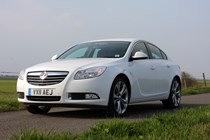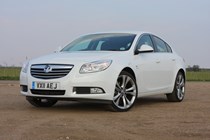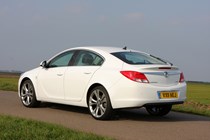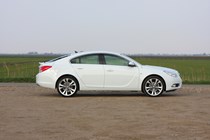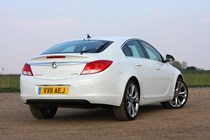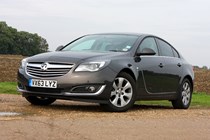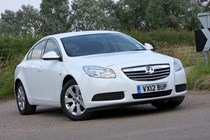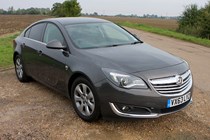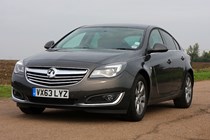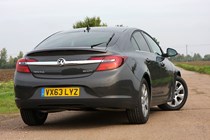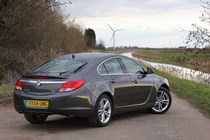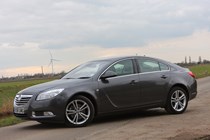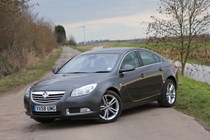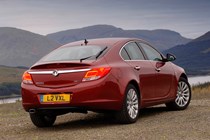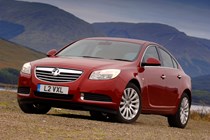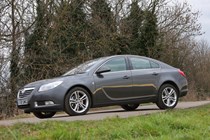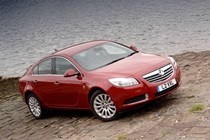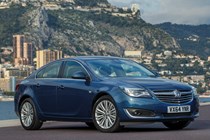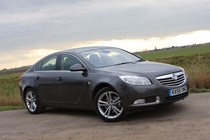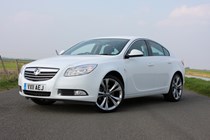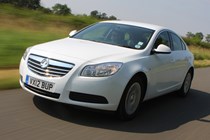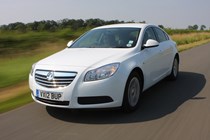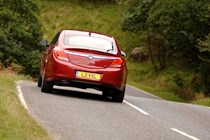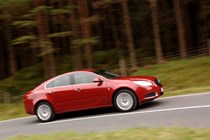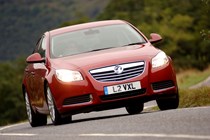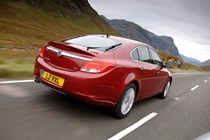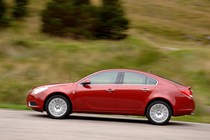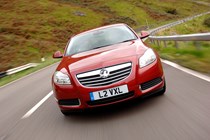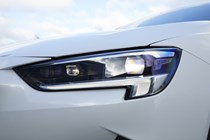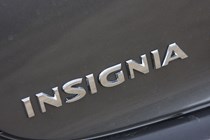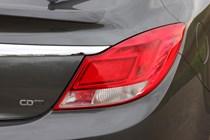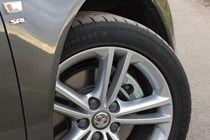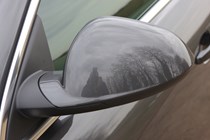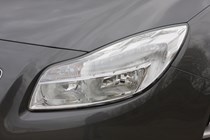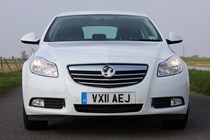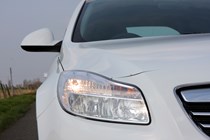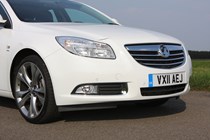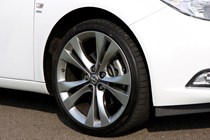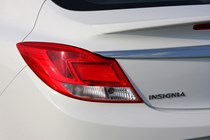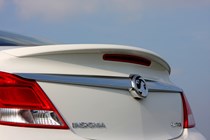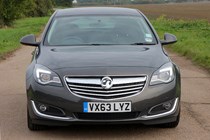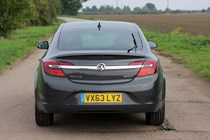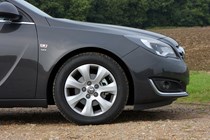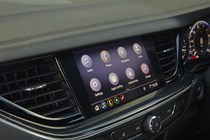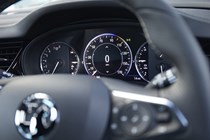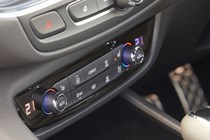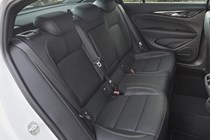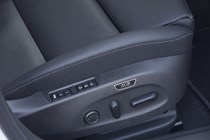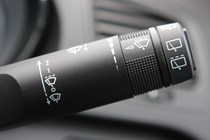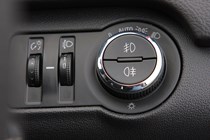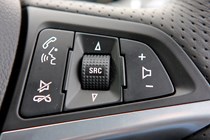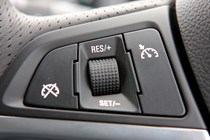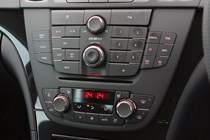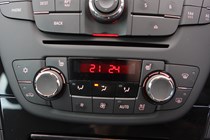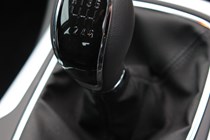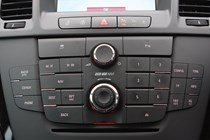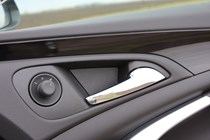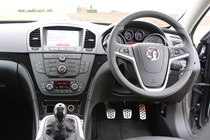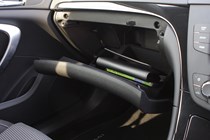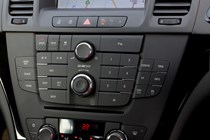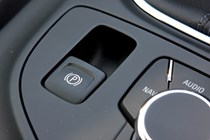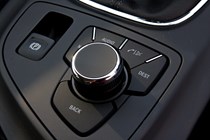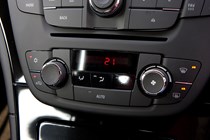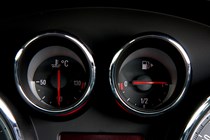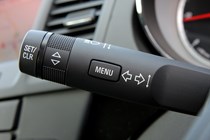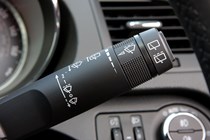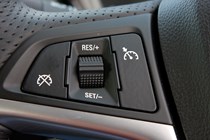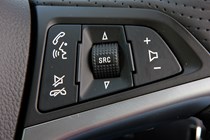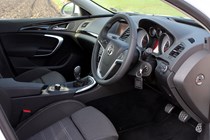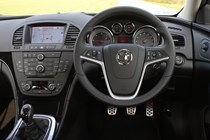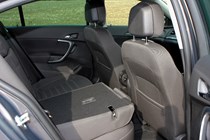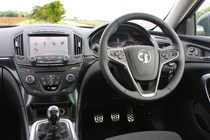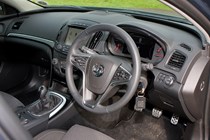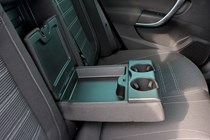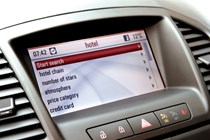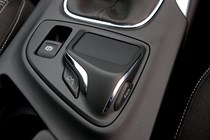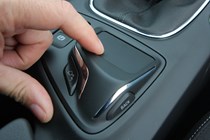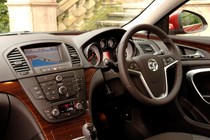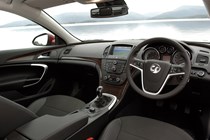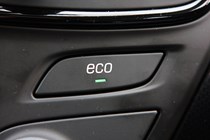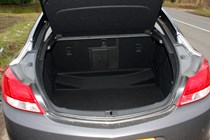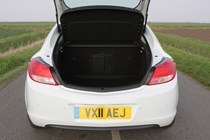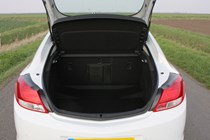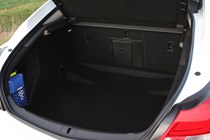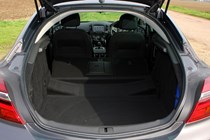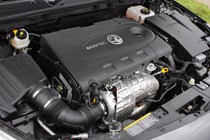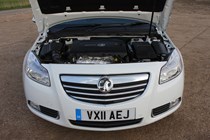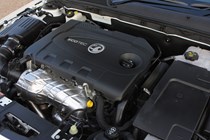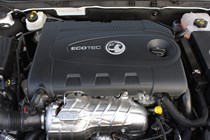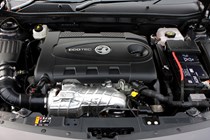
Vauxhall Insignia Hatchback (2009-2017) engines, drive and performance

- Good spread of power and economy
- Efficient diesels and fast petrols
- Later Whisper Diesel has low CO2, some meet Euro 6
A broad spread of power outputs can be found in the Vauxhall Insignia, ranging from 130hp in the entry level diesel, to 325hp in the Insignia VXR. Many offer fuel-saving measures such as stop-start technology, and all offer reasonable refinement and motorway cruising ability.
You’ll want to choose the more powerful models if you regularly have a full complement of passengers, or want to overtake safely on rural roads, and while the official economy figures for the smaller, turbocharged petrol engines are quite impressive the real-world economy is much worse if you drive aggressively.
Used Vauxhall Insignia petrol engines
The entry-level petrol engine is a 1.8-litre with 140bhp. That’s good for 0-60mph in 10.9 seconds and a top speed of 129mph. On long runs it will get close to 40mpg, and it’s a simple engine to maintain. Later models also offer a cheaper tax, low emissions option in the form of a 1.4-litre turbo, also producing 140hp.
Early Insignias featured the 1.6-litre turbo petrol with 180hp. This is worth seeking out as it offers a good blend of in-gear performance and motorway efficiency, it’s also a relatively easy engine to look after.
The fastest four-cylinder Insignias is the 2.0-litre turbo petrol, which also opens up the option of four-wheel drive. It offers 250hp from a 2.0-litre turbo, good enough to sprint from 0-60mph in 7.3 seconds; pre-2013 Insignia 2.0T models are tuned for 220hp.
Early Insignias offered a 2.8-litre turbocharged V6 4x4, which was also offered in fast Saabs. A 250hp version was offered in early models before being replaced with the 2.0 four-cylinder, and the 325hp high-performance Vauxhall Insignia VXR remained available until the second-generation was introduced.
Buying a used Insignia: diesel engines
Unsurprisingly for a car introduced to the UK after 2008, the first generation of Insignia has an array of diesel engines to choose from and they outsold the petrol models significantly. Used buyers need to watch out for the usual problems associated with high-mileage, modern diesel engines – problems with turbochargers, emissions systems such as particulate filters (DPF) and exhaust recirculation (EGR) and the dual-mass flywheels on manual cars.
On top of that, the 2.0-litre CDTi has an inherent flaw in the design of the oil pump and lubrication system. A seal between the oil pump and the filter/pickup in the sump degrades with time, causing a loss of oil pressure and if ignored, catastrophic failure of the engine. Servicing regime has little impact on this part and the only real solution is to replace it before it fails. Given how many of these cars also fall foul of clean air zones, it’s understandable that drivers on a budget may prefer to steer clear.
There are good reasons to buy a diesel Insignia if ULEZ is not an issue and you are prepared to do some proactive maintenance. The range offers 130hp to 195hp, can be found with 4x4, and generally delivers over 50mpg.
Later 1.6-diesel ‘Whisper’ engines offer low CO2 and over 60mpg in real-world conditions, in some specifications. They are also slightly more predictable in terms of reliability, and more likely to be found in Euro 6 form for clean air zones.
Vauxhall Insignia A (2009-2017) handling
- Good motorway manners and refinement
- Handling lacks behind rivals
- FlexRide and 4x4 are worthwhile options
The Insignia still isn’t up to the standards of its main alternative, the Ford Mondeo, when it comes to driving. It doesn’t corner as well, isn’t as composed and lacks the Ford’s well-weighted and responsive controls. The ride is smooth and comfortable on the motorway, but comes unstuck when dealing with the potholes on backroads – it can be too stiff and doesn’t feel as sure-footed as similar cars. SRi models with larger wheels and low profile tyres are particularly poor and don’t improve with age.
There is the option of a ‘FlexRide’ system that allows you to choose a comfortable or sporty set-up for the car. This takes the form of two buttons on the dash marked ‘Tour’ (a more comfortable setting) or ‘Sport’ (firmer and more responsive). The 2.0T and 2.8T V6 – the two turbocharged petrol engines – are also available with ‘Adaptive 4x4’. In slippery conditions this senses when a wheel has little or no grip and applies more power to the other wheels to compensate.
It’s worth trying a later Insignia first when buying used. Following the 2013 facelift revised steering and damping do present drivers with improved body control, but the Insignia is far from state of the art in terms of cornering prowess and can feel wallowy and vague when cornering quickly, with lots of body roll. This isn’t necessarily a bad thing as the big Vauxhall offers used car buyers a chance to experience a bias towards comfort that is rarely available in new cars.



